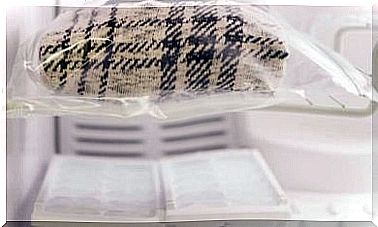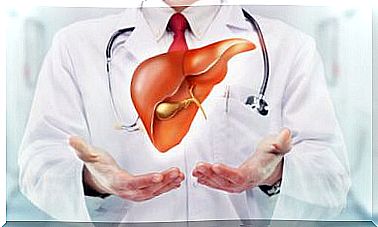Polymyositis: Everything You Need To Know
Polymyositis is a rare or rare disease in which an inflammation of an area of the body develops. It appears more often in women and in people between the ages of 30 and 50. It also forms a subtype within a group of diseases called myositis.
Symptoms of polymyositis

As a general rule, this disorder is systemic, that is, it can affect any area of the body. In general, the subject suffers from a series of alterations or signs that can be related to this disease. These appear gradually (little by little) and worsen with the evolution of polymyositis.
Thus, among the symptoms that appear more frequently we include:
- Tiredness, fatigue, or general weakness.
- Fever that can vary in intensity although it is not usually high.
- Skin changes that are grouped under the name of dermatomyositis, a disease in which there is a swelling and formation of rashes on the skin.
- Sensitivity of the skin over the affected areas.
- Severe pain or discomfort in the skeletal muscles. This condition worsens after having carried out more or less intense physical activity.
- Morning stiffness in the involved joints.
Another characteristic symptom is muscle weakness, which usually affects the muscles of the shoulders and hips. It can cause a number of problems at a general level:
- Difficulty swallowing or swallowing (dysphagia). This condition, in turn, can lead to loss of appetite (loss of appetite). Therefore, it is possible for the subject to lose weight in a short period of time (without wanting to).
- Alterations in the voice that modify the normal speech of the patient.
- Shortness of breath that can even lead to respiratory failure. Aspiration (entry of food, saliva, etc.) into the lungs can also occur. In this case, the risk of suffering from pneumonia increases considerably.
- Develop a series of activities that involve muscles that may be altered. For example, lifting objects above the head or standing up when the patient is sitting.
Causes of polymyositis
At present , the specific cause or trigger of this disorder has not been identified. However, recent studies have found similar characteristics to autoimmune diseases.
In them, the cells of our body mistakenly attack internal tissues, progressively degrading. On the other hand, it could also be caused by an infection.
Diagnosis of polymyositis
On the other hand, the medical team can carry out a series of tests to make the diagnosis. Thus, this disease can be identified and others that present similar symptoms can be ruled out. Among the most common procedures we find:
- Physical exam. In it the specialists check the symptoms that the patient may feel, the medical history and the antecedents (relatives who may have suffered the same ailment).
- Muscle biopsy. In it, a small amount of affected muscle is removed and analyzed with laboratory tests.
- Internal imaging, for example using magnetic resonance imaging (or MRI) in altered muscles.
- Use of electromyography to check both the state of the nerves and the muscles in the area.
- Other routine tests such as blood and urine tests.
Treatment of polymyositis

There is still no definitive cure for this disease but a number of therapies have been developed in this regard. Therefore, the final objective of the treatment will be to alleviate the symptoms that the subject presents and to improve their quality of life. In the treatment we include recommendations such as:
- Use of drugs or medications. For example, corticosteroids and other complementary drugs. Its use must be controlled by the medical team since its prolonged use can cause a series of very harmful side effects.
- Therapy of different kinds. We include physical therapy, guidelines to regain daily speech, and the consumption of an adequate diet as the disease progresses.
Polymyositis is a disease with good therapeutic prospects in the future. Symptomatic treatment improves the patient’s quality of life considerably.
Studies are currently being carried out in order to develop an etiological treatment of the disease and solve the cause, but all of them are still in the clinical trial phase and are not yet commercialized.









